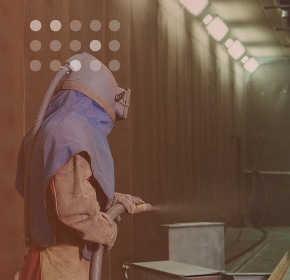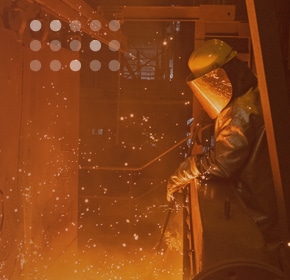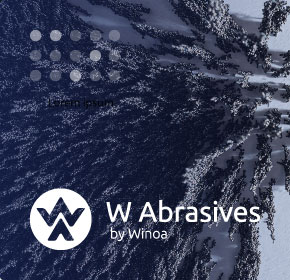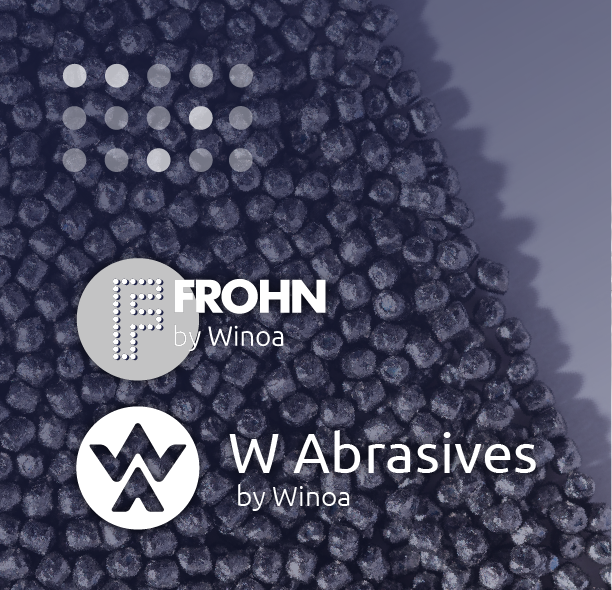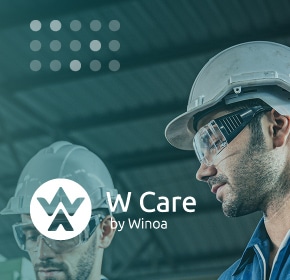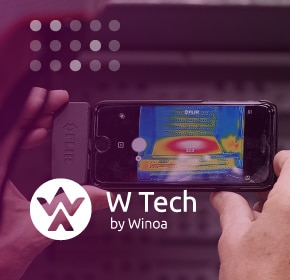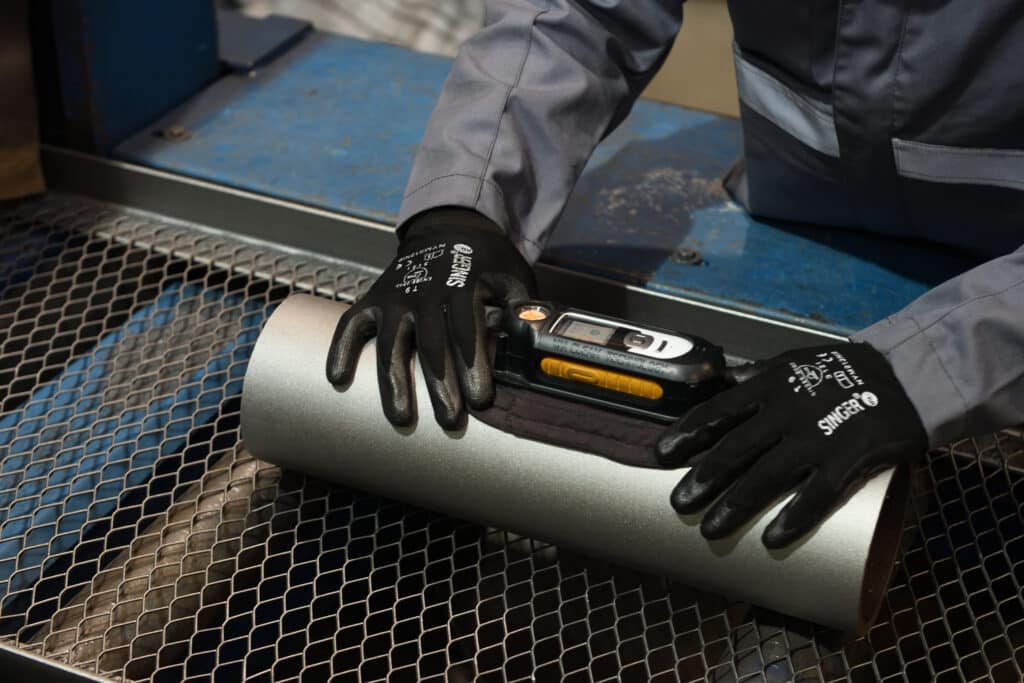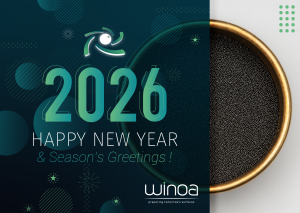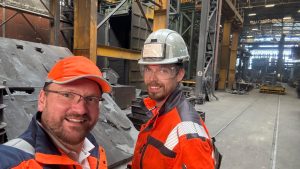Why it’s time to go beyond visual inspections in shot blasting
In abrasive blasting and surface preparation, achieving the correct surface cleanliness is essential. Whether you’re preparing steel for coating, bonding, welding, or corrosion resistance, the degree of cleanliness directly impacts final performance, adhesion, and service life. Yet despite its critical role, cleanliness evaluation still relies heavily on subjective visual assessments based on ISO 8501-1 standards.
This raises a crucial question: is visual comparison enough for today’s traceability-focused, high-output, and ESG-driven manufacturing environments?
The challenge with traditional methods
ISO 8501-1 has long served the industry with visual reference grades (i.e. Sa 1 to Sa 3), used to judge how thoroughly rust, scale, and contaminants have been removed by blasting. However, this method presents clear limitations:
- Subjectivity: Cleanliness decisions depend on the experience and perception of the operator.
- Lighting and environment: Varying site conditions can skew results.
- Operator variability: Multiple inspectors or shifts may interpret the same surface differently.
- Lack of traceability: Visual grading offers no digital output or records for audits or quality systems.
As industrial quality standards evolve, relying solely on visual assessments introduces risk — both in production performance and customer trust.

Introducing WA Clean: precision and repeatability
Developed by Winoa, WA Clean is a compact optical measurement device designed to bring objectivity to cleanliness evaluation. Instead of visual comparisons, WA Clean scans the blasted surface with light and provides a numerical cleanliness index from 0 to 100. Higher values mean a cleaner surface.
This technology allows for rapid, repeatable, and traceable measurements that are independent of operator, lighting, or inspection location.
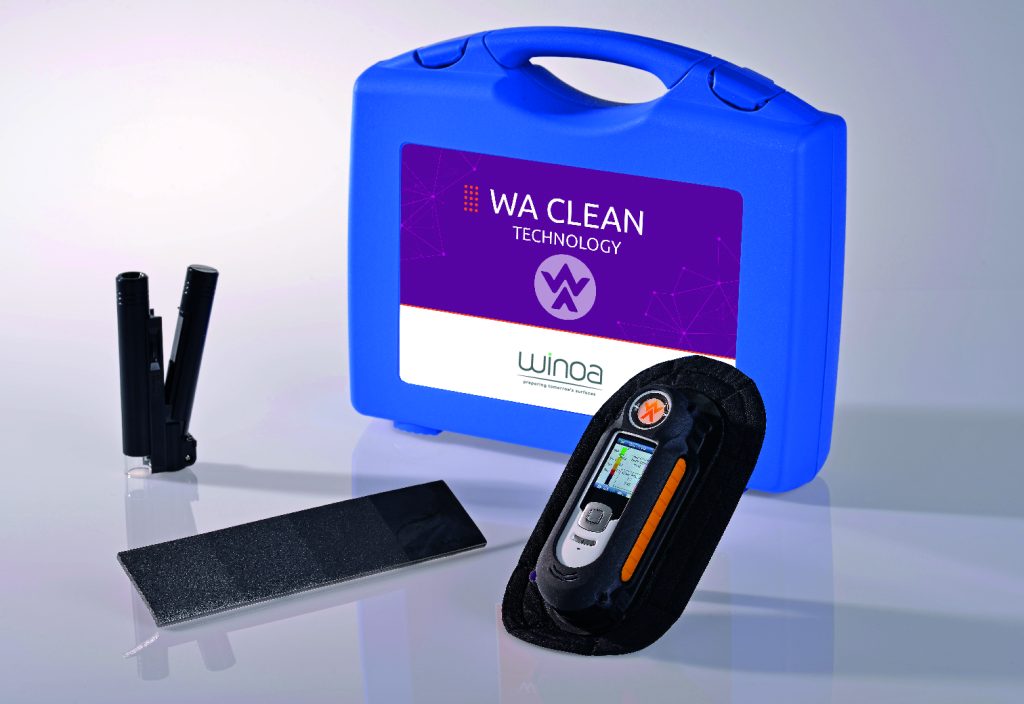
How WA Clean works
- Fast measurement: Each scan takes just 2 seconds.
- Calibrated to your blasting process: WA Clean uses on-site reference samples (Sa 2 to Sa 3) for baseline calibration.
- Objective output: The result is a numeric cleanliness index, unaffected by human judgment.
- Digital storage and export: Data can be saved with timestamps and exported via USB for documentation, quality control, or customer reporting.
- Adaptable: A curtain adapter allows for reliable use on curved surfaces like pipes or rotors.
Why this matters to modern industry
WA Clean aligns with the shift toward Industry 4.0, ESG compliance, and modern quality management systems. Here’s what that means for operations:
- Improved consistency: Eliminate variability between operators or locations.
- Lower blasting costs: Stop blasting as soon as the required cleanliness is achieved — reducing media consumption, machine wear, and energy use.
- Audit readiness and traceability: Meet ISO, customer, or regulatory requirements with digital inspection records.
- Alignment with ISO/TR 22770: WA Clean supports the recommendations of this newer technical report, which encourages the use of quantifiable cleanliness assessments in place of purely visual methods.
Whether you’re preparing structural steel, offshore components, automotive parts, or pressure vessels, WA Clean delivers confidence and control.
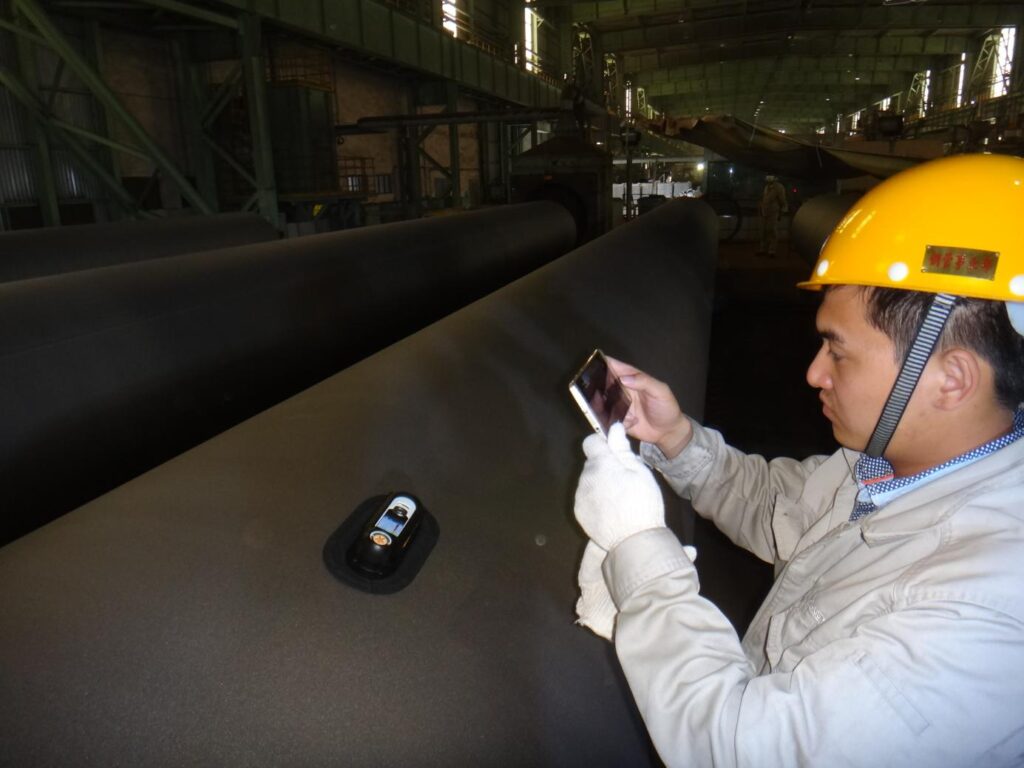
Download the full article
Want to learn more on how WA Clean works, how it aligns with international standards, and how it can reduce your operating costs?
Click here to download the full technical article (PDF)
This 8-page article explores how WA Clean compares to ISO 8501 and ISO/TR 22770, and shows how digital cleanliness control is revolutionizing shot blasting inspection.
